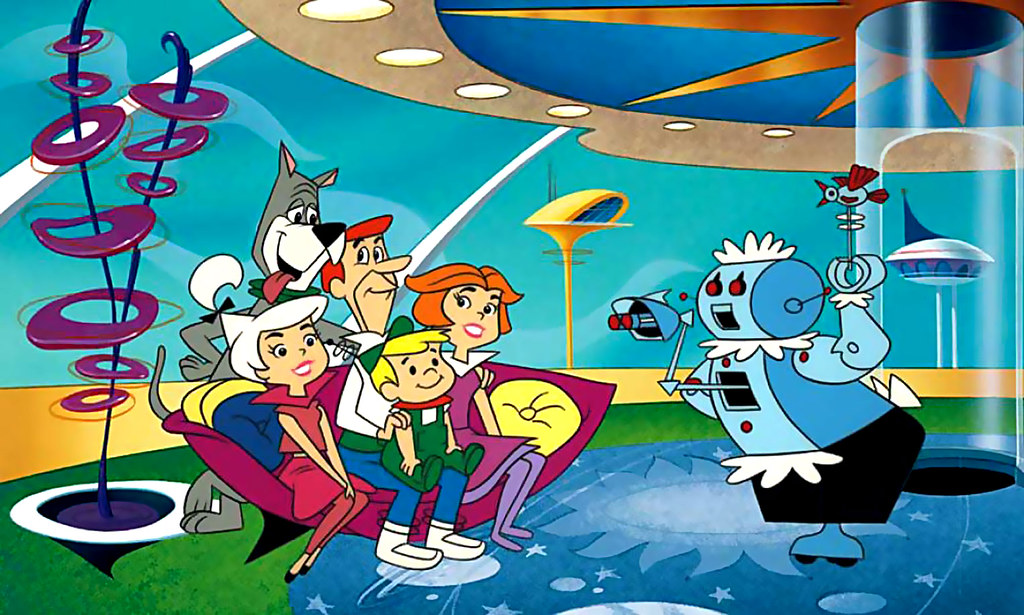Below is the email I just saw copied exactly as it appeared except for the manual addition of one of the pictures. So how many things does this get wrong?
1. Market targeting: my youngest is 16 -- in other words way past the stage of playing with dolls.
2.They say "multi-cultural" when they really mean muti-racial. Dolls don't have culture, and these are not the kind that come dressed in native costumes that reflect a particular ethnic or cultural identity.
3. They give themselves a big pat on the back for making dolls of color avaialbe yet show a girl of color holding a white doll.
4. Notice that for all their claiming broad-mindedness, including stressing the possibility that a boy may want to play with dolls, they don't show any little boy with a doll here. At best, they showa doll who could be dressed as a boy, or what they like to call"gender-neutral." In fact, parents have thought of giving their boys dolls to play with already decades ago (at least I did) and the fact that a doll may be dressed as a girl or as a boy really is not part of the equation. My girls had baby boy dolls, as well as those that were dressed in a gender-neutral clothing.
5. The whole princess/prince thing is absurd. I never called my kids that, and it actually has very negative connotations in certain contexts.
So there you have it: if you're going to pitch your products in this way, do it right, and make sure you're actually reaching your target market via email rather than spamming countless people.
Hi Ariella,
 Isn't there enough racial tension today? Not with Adora dolls. This brand creates authentic multi-cultural dolls, boy dolls and gender neutral designs. Their award winning dolls are also Machine Washable & BPA Free. This is a company you want to support!! Let me know if I can request a sample. Thanks! Jessica :)
Isn't there enough racial tension today? Not with Adora dolls. This brand creates authentic multi-cultural dolls, boy dolls and gender neutral designs. Their award winning dolls are also Machine Washable & BPA Free. This is a company you want to support!! Let me know if I can request a sample. Thanks! Jessica :)
Make It A Multicultural Holiday Season With Dolls From Adora
BPA-free, machine washable dolls & accessories for every child
It has been said America is the melting pot and today it could not be truer. Ethnic diversity has accelerated in recent decades, a trend which is expected to continue into the future. Ethnicity has important implications for culture, identity, and well-being that is why Adora has created a variety of ethnically diverse dolls that all children can identify with. No matter their ethnicity the nurturing aspect of doll play is good for all kids, (yes, boys too).
Adora encourages nurturing doll play with award-winning dolls and accessories that kids and moms love. Adora offers handcrafted toys that are as responsible as they are fun. Unlike other doll brands, Adora not only has gender neutral patterns, but many of their multicultural dolls have unique sculpts for different ethnicities.
Finding that special doll a child can identify with is essential to nurturing play and helps foster a healthy self image. In addition, doll play improves a child’s motor skills, social skills, sparks imaginations and teaches important social skill such as kindness and compassion.
Truly find a doll for ANY child and boost their confidence with Adora
- PlayTime Baby Floral Romper: Handmade with care, this adorable Asian baby doll is perfect for cuddling! With a bean bag weighted bottom which gives them their life-like feel, it’s great
 for ages 1 and up.
for ages 1 and up.
- PlayTime Baby Little Princess: The perfect first baby doll weighing just 12 ounces, your little one will love the life-like features from their button noses to little hands and feet! Created in exclusive, lightly baby powder scented, Gentle Touch vinyl, these baby dolls have a cuddly, silky-smooth body that reminds us all of the beloved trim on a child’s favorite blankie.

PlayTime Baby Little Prince: While some may still see dolls as a “girl toy,” there are plenty of little boys out there who adore their baby dolls. Downright adorable, this little prince will be the perfect cuddle buddy for your tiny tot!
Let Adora help foster a healthy self image with nurturing play this holiday season. Surprise them with an Adora doll that shows them just how beautiful they are in their own skin!










